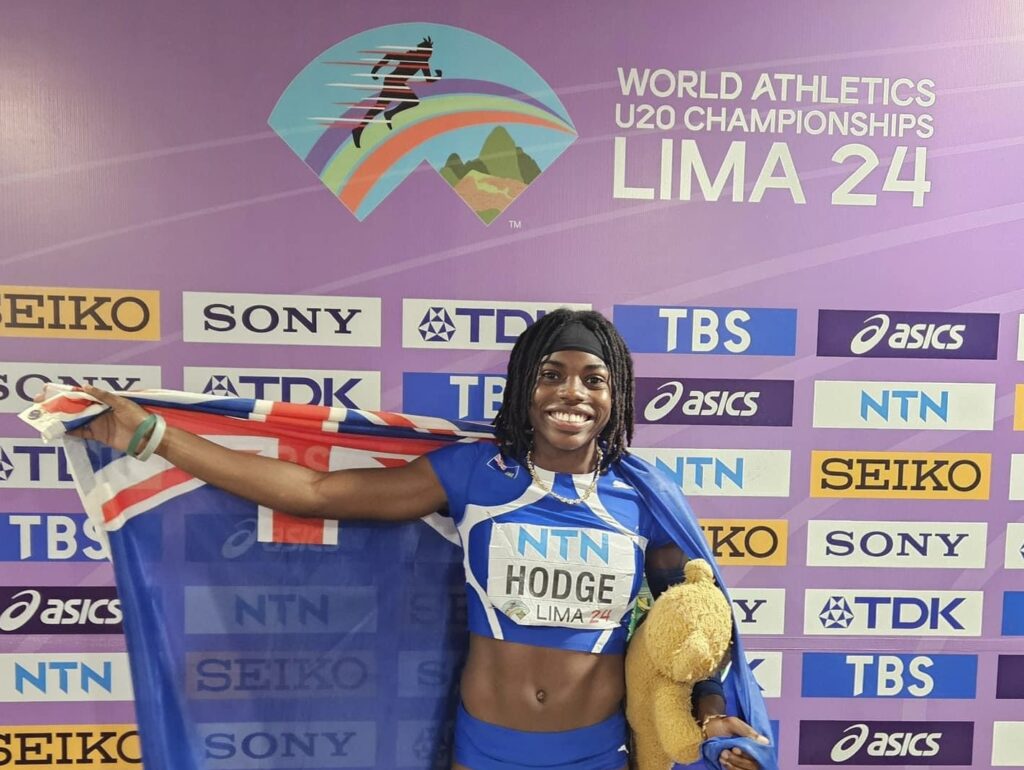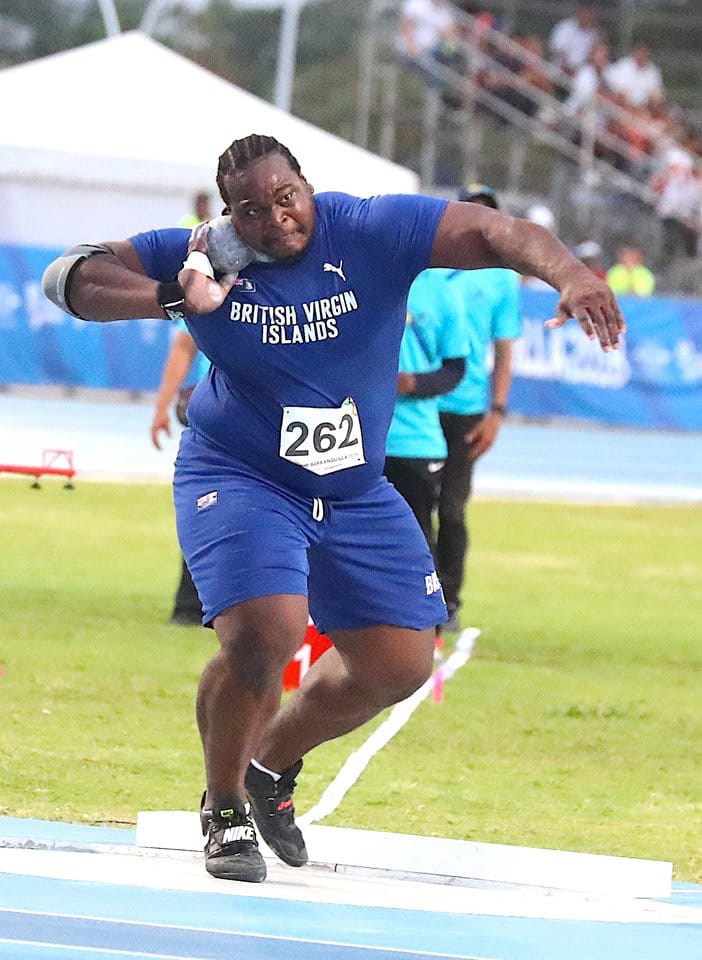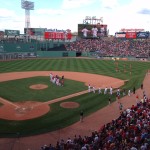By Reynold O’Neal

The World Athletics Under 20 Junior Championships in Lima, Peru marked an important milestone in the track and field history of the British Virgin Islands. Two days after becoming the first athlete from her country to earn a silver medal at the World U20 when she placed second to Jamaica’s Alana Reid in the 100 m dash, the 18-year-old Adaejah Hodge lived up to her favourite’s billing by winning the 200m dash in an impressive 22.74 seconds.
The performances made her only the second athlete from the Territory to have won a medal of any colour these Championships, following Kyron McMaster’s bronze in the 400m hurdles in 2016.
McMaster has thus far been the only BVI athlete to have won a medal at a senior Outdoor World Championships event when he finished second at the 2023 World Championships in Athletics. Earlier Tahesia Harrigan had won a bronze medal in the 60m dash in 2008.
Global gold medals by athletes from the smaller countries of the Caribbean have been quite rare, although 2nd and 3rd place finishes have been less so. In fact, prior to Hodge only two athletes from the smaller islands of the Caribbean had won their events at the World U20 – Akela Jones of Barbados and Kirani James of Grenada. Interestingly, all three had won the Sir Austin Sealy award as the Outstanding Athlete at the CARIFTA Games.
Kirani James is unique among international athletes in that he has won gold medals at World Youth and World Junior championships (twice) as well as having a complete set of gold, silver and bronze medals at both the Olympic Games and World Athletics Championships.
Hodge will hope to join the trio of her compatriots who at some point in their careers have been ranked in the world’s top 10 in their events – Tahesia Harrigan in the 100m, Chantel Malone in the long jump (twice) and Kyron McMaster in the 400m hurdles (7 times).

